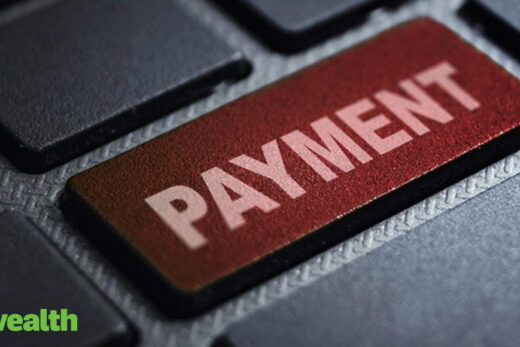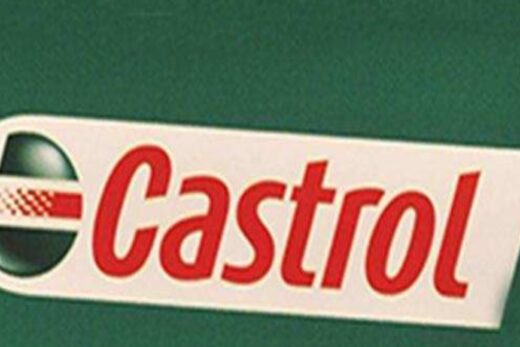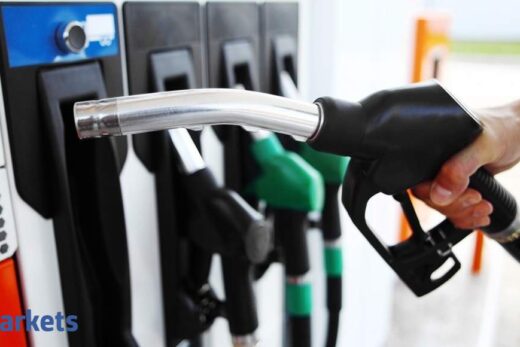The three steps, according to him, are assetisation, organisation and monetisation. These would enhance the revolutionary technology of blockchain and crypto culture in India, he said, while addressing the audience at HODL 2021, a virtual crypto asset conference, organised by the Internet and Mobile Association of India and the Blockchain and Crypto Assets Council.
“In my view, cryptocurrency is an asset,” Gandhi said. “If cryptocurrencies are accepted as a commodity, then it will fall under the existing legal structure.” There would be no need for any other additional law or regulatory body as investors’ interest will be protected by the existing legal framework, he added. “There is nothing much to do. A simple declaration of cryptocurrencies as a commodity by the government will put it under all the existing rules and regulations,” he said.
On the origin of the cryptocurrencies, Gandhi said the origination and mining of digital tokens are challenges that need to be addressed. “How to deal with the first owner of the cryptos? How should they be dealt with and taxed as there is no such law or regulation for the digital tokens?”
There are laws for physical assets. For instance, finding diamonds deep under personal land attract capital gains taxes. Such measures are missing in cryptocurrencies. “Crypto must be accounted for,” Gandhi said. “Investors must declare or authorities must get the information of the crypto holdings of investors or taxpayers.”
He suggested that exchanges have a depository information mechanism pertaining to buying, selling or dealing of cryptocurrencies by investors. “The primary concern of the government will be assets an investor bought by a particular investor,” he said, hinting at the money laundering aspect of cryptocurrency.
However, to ensure the anonymity of the asset, he said exchanges would have to disclose details such as who sold to whom and who bought from whom.
Commenting on the monetisation part, Gandhi said once people got used to this asset and the adoption was done on a wide scale, issues of payment through cryptocurrencies can be addressed.
The key concern of monetary authorities is that if cyptos are accepted at a large scale as a mode of payment, certain arrangements would be needed. First, the total stock of the particular asset and how many transactions are carried out from this asset has to be valued. Thus the regulator may add monetary aggregates, measures of money supply in a country. “More aggregates like M6 or M7 may be added to existing frameworks,” he said.
Once this information was available, the next challenge would be over the possibility of monetary transmission using cryptos, said the former deputy governor. “It is not clear yet but it will be evolved.”
All assets are sensitive to monetary policy action, but the magnitude of its sensitivity on cryptocurrencies was yet to be found out, he added.



